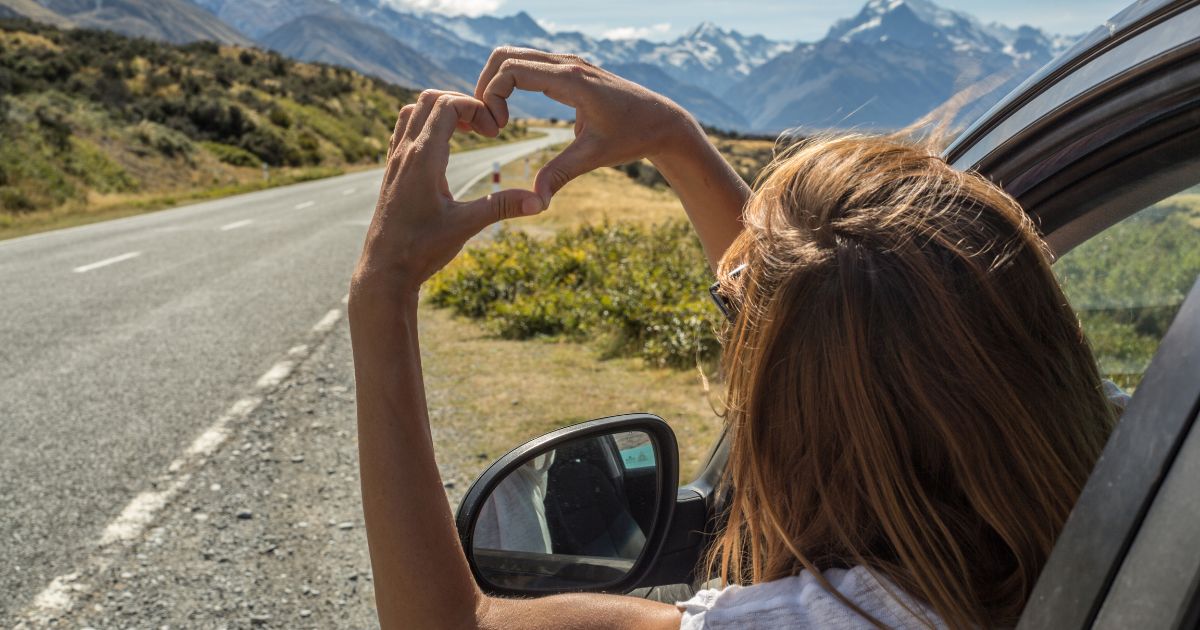
Embarking on a road trip is one of the most liberating ways to travel—but what if you could hit the open road without leaving a heavy footprint? Eco-friendly road trips combine adventure with sustainability. In this guide, we’ll walk you through every step: choosing a low-emission vehicle, planning a zero-waste route, packing sustainable essentials, and finding green lodging and activities. Get ready to discover the world on wheels—responsibly.
Why Choose an Eco-Friendly Road Trip?
- Lower Carbon Footprint: Electric or hybrid vehicles dramatically reduce greenhouse gas emissions compared to traditional gas cars.
- Deeper Local Connections: By taking lesser-known routes and staying in community-run accommodations, you support local economies.
- Flexibility to be Mindful: Stop at zero-waste stores, farmers’ markets, and nature reserves at your own pace.
- Minimalist Adventure: Travel light, reduce consumption, and embrace a simpler, more conscious way to explore.
Choosing the Right Vehicle

Your choice of wheels sets the tone for your green road trip. Here are the top options:
- Electric Vehicles (EVs): Tesla Model 3, Chevrolet Bolt, Nissan Leaf—zero tailpipe emissions and rapidly expanding charging networks.
- Plug-In Hybrids (PHEVs): Combine electric range for urban stretches with gasoline backup for remote areas.
- Fuel-Efficient Gas Cars: If EV charging is scarce, choose models rated 35+ MPG and fill up at biofuel stations when possible.
Before you rent or buy, map charging or refill stations along your planned route using apps like PlugShare or GreenCharge to avoid range anxiety.
Planning Your Route Sustainably
A greener road trip starts with mindful route planning:
- Cluster Your Stops: Minimize backtracking by grouping nearby attractions and overnight stays.
- Use Eco-Routing Apps: Tools like Komoot and Google Maps Eco Mode factor in elevation and traffic to reduce fuel or battery use.
- Include Nature Reserves and Parks: Plan longer stays in national parks or protected areas that invest in conservation.
- Local Festivities and Markets: Check regional event calendars to support farmer’s markets and sustainable craft fairs.
Packing for a Zero-Waste Road Trip
Ditch single-use plastics and pack smart. Essentials include:
- Reusable Water Bottles & Coffee Mugs: Stainless steel or BPA-free bottles to refill at water stations.
- Collapsible Containers & Cloth Napkins: For grocery pickups and picnics.
- Eco Toiletries: Solid shampoo bars, bamboo toothbrushes, aluminum packaged deodorant.
- Solar Charger & Power Bank: Keep devices juiced with renewable energy.
- Minimalist Wardrobe: Choose quick-dry, recycled fabrics to reduce laundry water use.
Finding Green Accommodations

After a day on the road, rest at eco-certified stays or community lodges:
- LEED-Certified Hotels: Efficient water/heating systems, renewable energy sources.
- Eco-Cabins and Tiny Homes: Off-grid options powered by solar with composting toilets.
- Homestays & Farmstays: Support local families and taste home-grown produce.
- Campgrounds with Leave-No-Trace Policies: Ideal for EV road trippers carrying gear.
When planning your trip, prioritizing Eco-Friendly Accommodations not only reduces your environmental impact but also connects you with sustainable practices and local communities, making your journey greener and more meaningful.
Sustainable Dining on the Road
Fuel your adventures with eco-conscious meals:
- Farmers’ Markets: Stock up on seasonal fruits, vegetables, and artisanal snacks.
- Plant-Based Roadside Stops: Many diners now offer vegan or vegetarian comfort food.
- DIY Picnic Baskets: Assemble zero-waste lunch with reusable containers and local bread, cheese, olives.
- Refill Stations: Bring your bulk snack bags and refill from dispensers where available.
Engaging in Low-Impact Activities
Make memories without harming ecosystems:
- Guided Nature Hikes: Choose certified guides who practice “leave no trace.”
- Biking or Kayaking Tours: Low-impact ways to explore lakes, rivers, and coastal paths.
- Wildlife Safaris with Ethical Operators: Respect animals’ natural behaviors and habitats.
- Volunteering Opportunities: Spend a day helping with trail maintenance or beach clean-ups.
Offsetting Your Journey
Even the greenest trips have some impact. Offset unavoidable emissions by:
- Supporting Verified Carbon Projects: Choose reforestation, methane capture, or renewable energy initiatives.
- Donating to Local Conservation Funds: Many national parks offer donation programs to protect wildlife.
- Tree-Planting Apps: Link your mileage or app usage to automated tree donations.
Tips for a Smooth Green Adventure

- Charge your EV or refill your hybrid during sleep hours to take advantage of off-peak renewable energy.
- Use real-time apps to avoid traffic jams and idling.
- Carry a small toolkit and puncture repair kit to minimize roadside waste from disposable repairs.
- Document your journey on social media to inspire others to travel responsibly.
Conclusion: Drive Change, One Mile at a Time
An eco-friendly road trip proves that sustainable travel and epic road adventures aren’t mutually exclusive. By choosing the right vehicle, planning thoughtfully, packing zero-waste gear, staying at green accommodations, and engaging in conscious activities, you’ll minimize your footprint and maximize the joy of discovery. It’s time to turn the key, hit the open road, and show the world how to journey lightly—one mile at a time.
Ready to plan your green road trip? Share your favorite eco-tips in the comments below and let’s inspire the next generation of sustainable explorers!

















No Comments